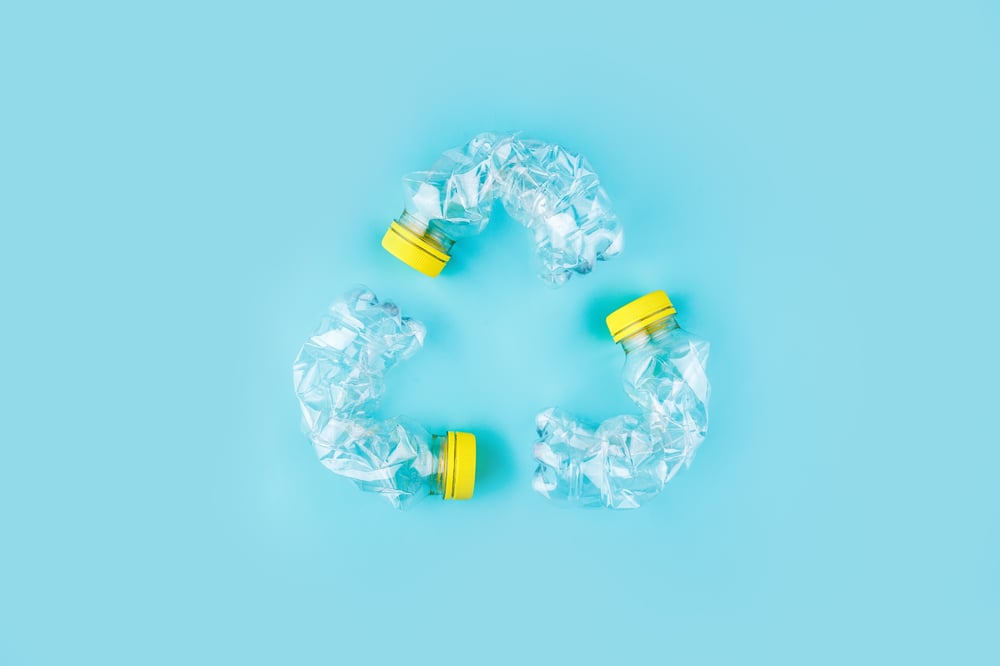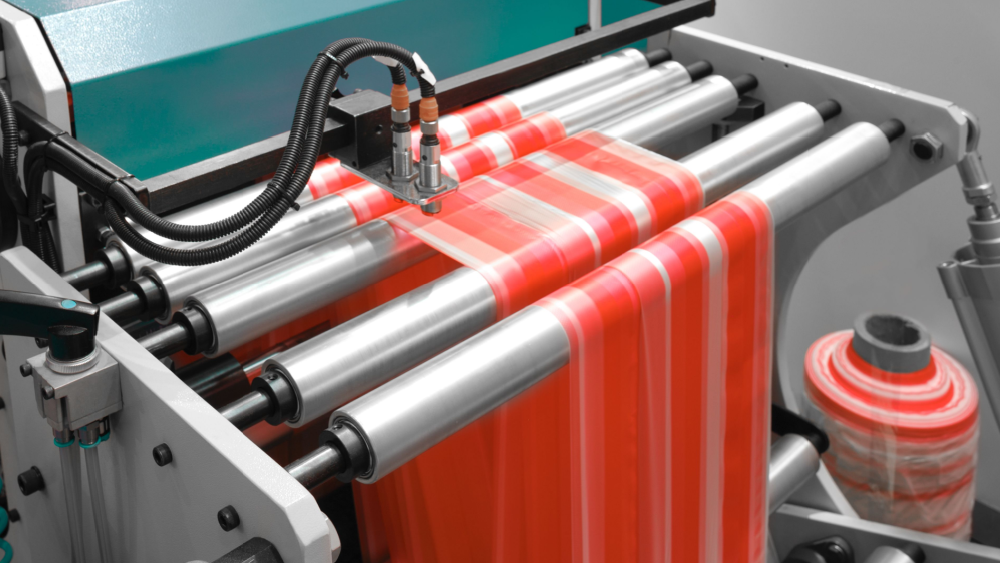Labels must withstand a magnitude of external aggressors after application so that essential information is available throughout their lifecycle. Let's look at some critical elements within production, use, legislation and sustainability that might affect your labels.
A label is more than just design skills and creativity. The label is also a medium that shares details about a product through barcodes, serial numbers, and product information. To ensure that your product preserves its information, labelling decor, and embellishments throughout its life cycle, you should be especially aware of the following four elements.
1. Your labels must be constructed for all intents and purposes
Have you considered how the end consumer will use your product and what kind of wear and tear the label might be exposed to? For instance:
If the label of a shampoo bottle peels off because of dampness in the bathroom, or the label of a jar of jam fades if exposed to strong sunlight, this would be a highly unfortunate experience for the customer.
Or even worse:
If the label on prepacked food falls off due to cold or humid environments, the item can't be sold. FSSAI's packaging and labelling regulations from 2011 show that legal requirements for providing food information to consumers are rigid here in India.
Here are a couple of questions to help you consider what your label should be able to endure:
- Will the label be exposed to an outdoor environment with a multitude of weather conditions?
- Should it be permanently applied or easily removed?
- What kind of surface will the label be attached to, and what's the temperature of this surface?
The labelling material also plays a massive part in your labelling abilities. Remember that we have hundreds of different front materials at Skanem India - adhesives, liners, functions, and colours - the compositional options are practically endless. That's why choosing a label manufacturer with the expertise and experience to assess this for you is crucial.
Read more: 7 indications you should change your label manufacturer
2. Your labels must endure transport and storage
Every time your products are transported, they are at risk of exposure to water, grease, or extreme temperatures. Subsequently, the adhesive and colouring may be affected if they, for instance, are contained for hours in a hot or ice-cold truck or outside in the rain during container loading.

If your products are stored in a warehouse, you should also be aware of the surrounding products. For example, if they are stored alongside oil-based products, they might be exposed to chemicals, which your labels may or may not be able to endure.
Durable labels require materials that can survive various environmental challenges. Improperly labelled materials can cause the label to:
- Dissolve
- Shrink
- Melt
- Burn
- Discolour
- Fall off
This, in turn, can lead to non-compliance with labelling rules, loss of traceability, product failure, etc.
Read more: Shrink Sleeves: Unlock the full potential of your product label
3. Your labels must comply with rules and regulations

In India, there are precise requirements for what the labelling of a product should look like. As the product producer or importer, it’s ultimately your responsibility to ensure that your products are labelled with adequate and accurate information.
Labelling rules will vary depending on the industry and segments. However, the regulations from the Food Safety and Standards Authority of India (FSSAI) mentioned earlier describe the essential requirements the packaging must meet regarding health, safety, and the environment.
Packaging and product information are also important when it comes to pharmaceutical products, requiring strict quality control to meet the requirements of the pharmaceutical industry.
|
Complying with rules and regulations is a main priority here at Skanem India. Therefore, the following manufacturing sites have the necessary certifications for supplying labels for food and beverage production:
|
In any case, you should choose a label manufacturer that has familiarised itself with the rules that apply to your products.
4. Your labels should adhere to strict sustainability requirements
Your labels should also withstand being assessed against a sustainable standard. This means meeting increased demands from both authorities and consumers. On a global scale, a survey conducted by Boston Consulting Group found that three out of four consumers are willing to pay more for sustainable packaging.
In India specifically, Mintel found that 72% have expressed increasing concern for single-use plastics. And according to a report from Capgemini:
"...48% of consumers share an emotional connection with products or organisations that demonstrate eco-friendly qualities."
The emotional connection and the willingness to change are higher amongst Millenials and Gen Z than among the Boomer generation. Both numbers show that consumers are serious about the future of recycling and sustainability, and businesses need to follow the stream to stay relevant.
Read more: 2023: Eco-Friendly and sustainability trends within packaging and labelling
How can I increase my sustainability efforts?
To achieve more environmentally friendly packaging, labels play a significant role. You can take many measures, such as using digital prints, recyclable materials, eco-friendly inks, or monomaterials, which make your labels and packaging greener.
The most optimal solution for your products requires an overall assessment. For your products to have a better environmental profile, you should critically review the packaging's life cycle, from raw material extraction to waste management.
By thinking holistically about the life cycle of the packaging, the overall environmental impacts can be mapped so that you avoid implementing measures that improve conditions in one section while increasing the environmental disadvantages in others.
Optimal labels for your products
Succeeding in packaging and labels is more complex than you might think. You must meet several requirements from both authorities and consumers. You must also choose the right materials so that the embellishment, decor, labelling, and product information stay with your product throughout its life cycle.
"Packaging and labelling no longer have a ‘one size fits all’ solution."
Here at Skanem India, we know this well. To find the optimal solutions for your particular labels, we have skilled specialists who understand your specific needs and are available to solve your problems. If you find that your current labels could be of more satisfactory quality, reach out to us, and we will use our expertise to assist you in the best way we can.
.png)






